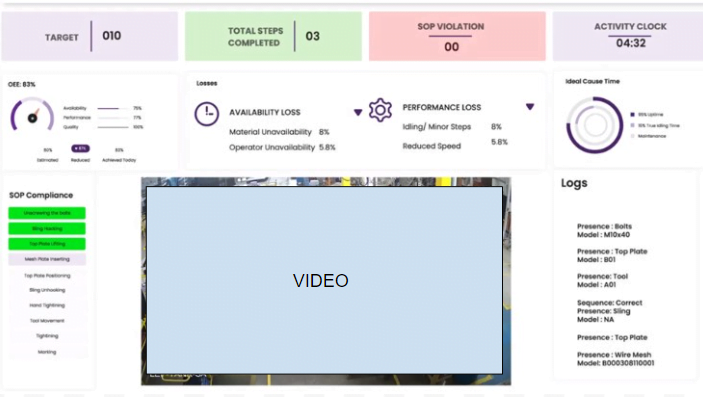Introduction
Web Services & API – both are essential elements of modern-day software development and web app architecture. A few terms overlap while using both & hence, are sometimes considered interchangeable. However, both are different in functioning. They are not just technical tools—they carry hidden strategic and architectural depth that’s often overlooked. For instance, many billion-dollar companies like Amazon and Stripe started by building internal APIs, which later evolved into monetizable platforms powering external ecosystems. This article would help you to distinguish the difference between a Web Service and an API by comparing the two and highlighting their disparities.
What is API?
API stands for Application Programming Interface. It is software that provides a set of definitions and protocols for building and integrating application software. It allows the product or service to communicate with other products or services– resulting in enhanced functionality. An API consists of a standardized set of rules that determines the data that needs to be modified and fetched within the process.
These APIs basically enable smooth software integration among apps since they expose the application’s data that is used by developers. Data can be requested from closed-off applications in order to fetch data for another application.
What is a Web Service?
It is a resource that provides functionality that is used by other applications. Also it is a software function provided at a network address (usually a URL) that can be accessed and invoked remotely by other programs. For example SSO, Logins, Database Storage, payment processing, and password management. This protocol and standards are typically used to exchange data among applications and systems. These are characterized by their great interoperability and extensibility and machine-processable description because of XML.
It requires a network to interact, and this is communicated through SOAP. It encodes data in XML which is a markup language for information storage and transfer.
Key differences between API and Web Services
-
- All web services examples are likely of APIs but vice versa is not the same.
-
- Web Services supports XML while APIs are formatted using Web API’s MediaTypeFormatter into XML.
-
- To use Web Services, a SOAP protocol is needed to send or receive data over the network. While API has a lightweight architecture and hence no external protocol is necessary.
-
- Web Services use REST, SOAP, and XML-RPC for communication while APIs can use any style of communication.
Advantages of API Services
-
- API provides support to CRUD actions as well as works with HTTP verbs GET, PUT, POST, and DELETE.
-
- It is based on HTTP and hence exposes in REST.
Advantages of Web Services
-
- It offers faster communication within and across organizations.
-
- It solves interoperability issues by giving the different applications a way to link their data.
-
- It allows applications to communicate, exchange data, and shared services among themselves.
-
- It is designed to be used as web pages to request and receive data.
Cons of API
-
- Creating API is a complex and time taking process.
-
- Imprecise boundary description
-
- High Maintainance Cost
-
- API Crashing Issue while testing
Cons of Web Services
-
- Inaccessible from Web Browser.
-
- Specialized Machine Requirements
-
- The unreliability of the HTTP protocol makes it less reliable in the delivery of responses.
-
Being exposed over the internet, web services are vulnerable to attacks such as:
-
Man-in-the-middle
-
API abuse (e.g., rate limiting bypass)
-
Injection attacks (e.g., XML injection)
-
Conclusion
Web Services & API– both are technologies that serve the purpose of data transfer between different applications and architecture. While API exposes application data to outside software, web applications are types of APIs with strict requirements. These definitions seem quite nuanced however it’s essential to comprehend the distinction between web technologies.



